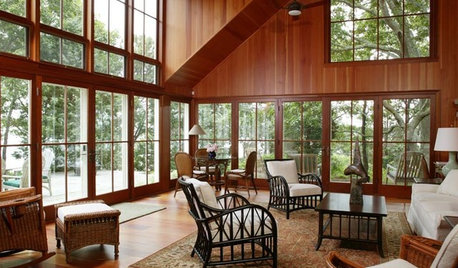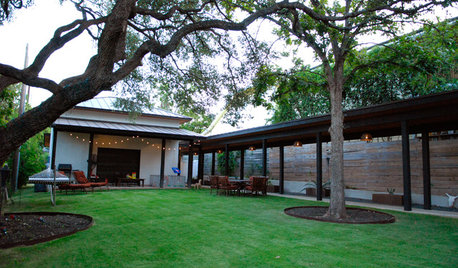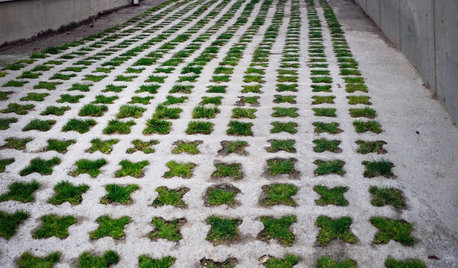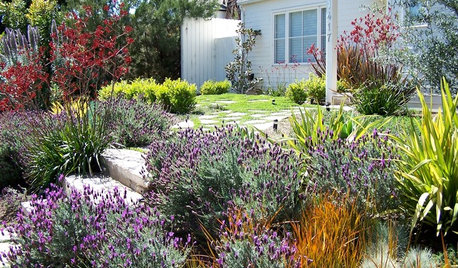New builds, watering restrictions, landscaping
pinktoes
16 years ago
Related Stories

ARCHITECTUREWant to Live by the Water? What You Need to Know
Waterside homes can have amazing charm, but you'll have to weather design restrictions, codes and surveys
Full Story
TREESHow to Protect Your Trees When You’re Remodeling or Building
Will your home be undergoing construction this year? Be sure to safeguard your landscape’s valuable trees
Full Story
EARTH DAYHow to Build a Greener Driveway
Install a permeable driveway to keep pollutants out of water sources and groundwater levels balanced
Full Story
SAVING WATERGreat Plants for Lush, Low-Water Gardens
Water restrictions making your garden look washed out? Give it living color with unthirsty grasses, flowers and succulents
Full Story
GREEN BUILDINGJust Add Water: Rain Barrel Magic
Take your rainwater storage from practical to beautiful with a new breed of design-friendly rain barrels
Full Story
GREEN BUILDINGWater Sense for Big Savings
Keep dollars in your pocket and preserve a precious resource with these easy DIY strategies
Full Story
CONTRACTOR TIPSBuilding Permits: What to Know About Green Building and Energy Codes
In Part 4 of our series examining the residential permit process, we review typical green building and energy code requirements
Full Story
SAVING WATERXeriscape Gardens: How to Get a Beautiful Landscape With Less Water
Conserve water and make gardening much easier with the xeriscape approach’s 7 principles
Full Story
SAVING WATER6 Reasons Why You Should Save Your Rainwater Now
Collect and store during the rainy season so you’ll have water ready for irrigation when you need it
Full Story
LANDSCAPE DESIGNGet Along With Less Lawn — Ideas to Save Water and Effort
Ditch the mower and lower your water bill while creating a feast for the eyes with diverse plantings and gathering places
Full Story






bus_driver
allison0704
Related Discussions
Watering restriction for new lawn
Q
Water restrictions being relaxed
Q
New Build, Landscaping concepts for house front, zone 5, western MA.
Q
Patio ideas for new build (landscaping, hardscaping, lighting, oh my!)
Q
pinktoesOriginal Author
breezy_2
foolyap
susi_so_calif
DYH
pinktoesOriginal Author
User
sniffdog
jgirl_2007
pinktoesOriginal Author
bus_driver
woodswell
Happykate
pinktoesOriginal Author
DYH
davidandkasie
heimert
pinktoesOriginal Author
bus_driver
pinktoesOriginal Author
thull
pinktoesOriginal Author
peterbog
pinktoesOriginal Author
persnicketydesign
pinktoesOriginal Author
thull
pinktoesOriginal Author
jca1
pinktoesOriginal Author
thull
pinktoesOriginal Author